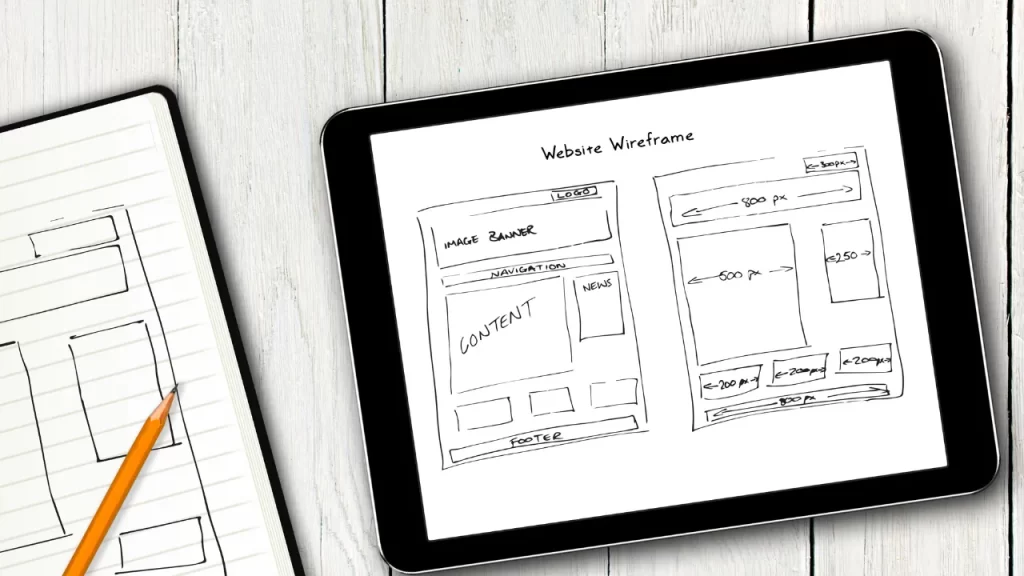Web designers are responsible for creating the visual aspects and overall user experience of a website.
They focus on the layout, color schemes, fonts, graphics, and interactivity to ensure the website is aesthetically pleasing, user-friendly, and aligns with the brand’s goals.
Web designers often collaborate with developers, content creators, and marketers to build functional, engaging websites.
Key Responsibilities of a Web Designer
1. Designing the Layout and Structure
Web designers plan how content will be arranged on the website, ensuring it is organized, visually appealing, and easy to navigate.
2. Selecting Color Schemes and Typography
A web designer chooses color palettes and font styles that complement the brand’s identity while ensuring the site remains readable and accessible to users.
3. Creating Visual Elements and Graphics
Web designers use tools like Adobe Photoshop, Illustrator, or Figma to create custom images, icons, and graphics that enhance the overall look and feel of the website.
4. Ensuring a Responsive Design
Web designers make sure the site is responsive, meaning it adjusts and looks great on all devices, from smartphones to desktops. This is critical in today’s mobile-first world.
5. Collaborating with Developers
While web designers focus on aesthetics, they often work closely with developers to bring their designs to life through coding and technical implementation.
The Importance of Web Designers
- User Experience: Web designers ensure that the site is easy to use, visually appealing, and accessible to all users, contributing to a positive user experience.
- Brand Identity: They ensure the website aligns with the brand’s visual identity, using consistent colors, fonts, and imagery to reflect the brand’s values and message.
- SEO and Conversions: A well-designed website can boost SEO performance, improve conversion rates, and help a business achieve its marketing goals.
In short, web designers create the blueprint of how a website will look and function, playing a critical role in ensuring the website not only captures attention but also delivers a seamless, enjoyable experience to its users.

















